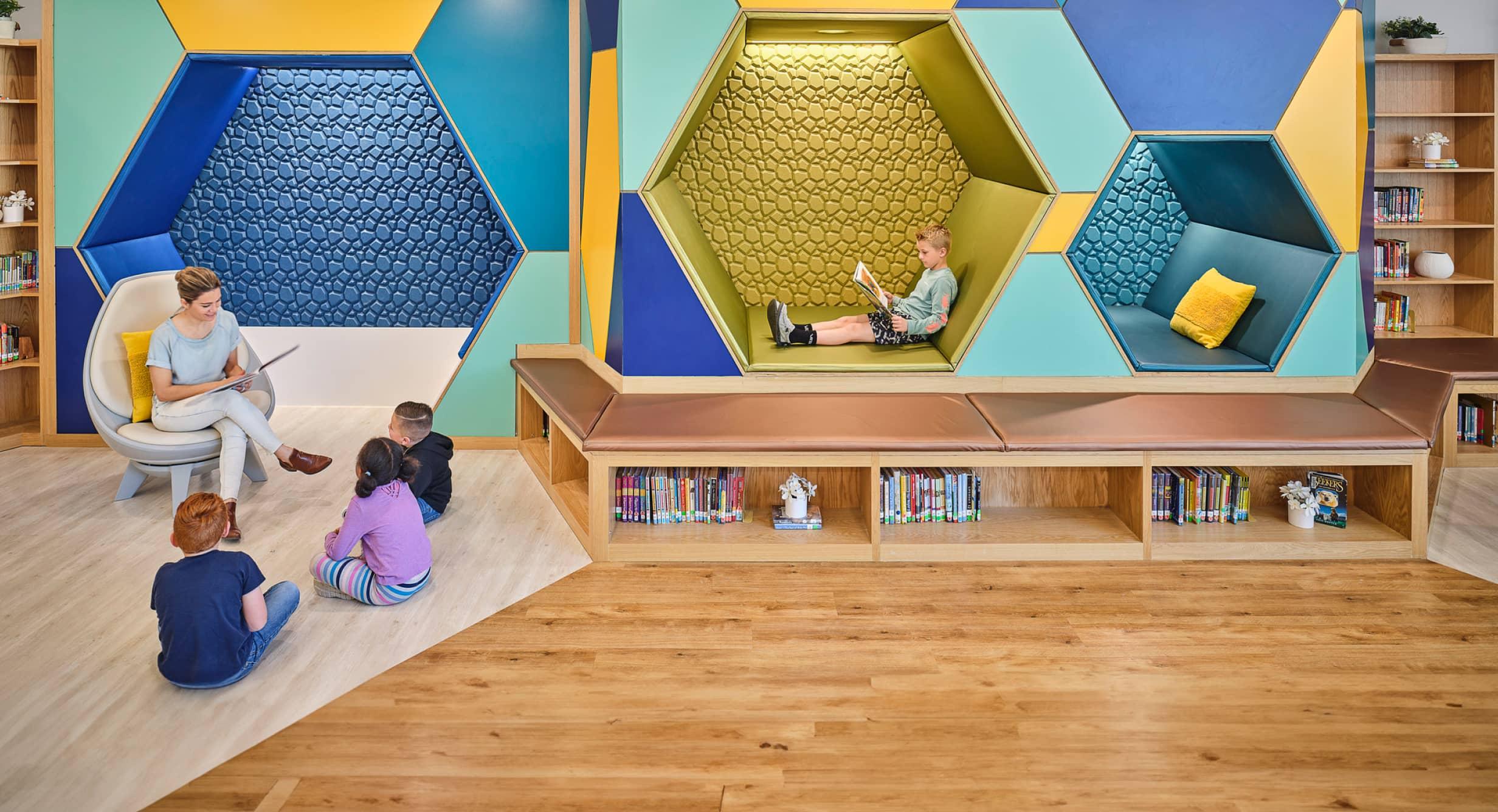SEL for Students with Special Needs: Strategies, Benefits, and Implementation Tips
Social and Emotional Learning (SEL) has emerged as a cornerstone of modern education, equipping students with critical life skills such as self-awareness, emotional regulation, and responsible decision-making. Yet, SEL for students with special needs requires tailored approaches to ensure inclusion, engagement, and meaningful growth. In this article, we’ll explore why SEL is vital for special education, proven strategies to support unique learners, benefits of SEL for special needs students, and practical implementation tips drawn from real-world experiences.
What is Social and Emotional Learning (SEL)?
SEL is a framework that nurtures the development of emotional intelligence,social skills,and positive behaviors. It goes beyond academic achievement, focusing on five core competencies outlined by CASEL (Collaborative for Academic,Social,and Emotional Learning):
- Self-awareness
- Self-management
- social awareness
- relationship skills
- Responsible decision-making
When effectively implemented,SEL leads to improved social behavior,higher academic performance,and better emotional well-being—outcomes especially beneficial for students with special needs.
Why is SEL Important for Students with Special Needs?
Students with special needs—whether due to cognitive, emotional, behavioral, or physical differences—may face unique challenges in social interactions, emotional regulation, and self-expression. SEL helps bridge these gaps by providing:
- Personalized emotional support
- Development of social skills
- Improved classroom engagement
- Greater sense of belonging
- Enhanced self-advocacy
Through inclusive social and emotional learning in special education, educators can cater to individual learning profiles, reinforce strengths, and foster a supportive classroom community.
Key Benefits of SEL for Students with Special needs
-
Improved Interaction Skills:
SEL activities support expressive and receptive language skills, helping students better articulate needs and emotions.
-
Reduced Anxiety & Behavioral Challenges:
SEL provides tools for emotional regulation, leading to fewer behavioral disruptions and lower stress levels.
-
Greater Peer Relationships:
Targeted SEL instruction fosters understanding and cooperation, building stronger friendships and social networks.
-
Increased Academic Engagement:
when students feel secure and understood, they are more likely to participate and achieve academic milestones.
-
Long-Term Life skills:
SEL cultivates self-advocacy, resilience, and adaptability—skills essential for independence beyond the classroom.
Effective Strategies for Implementing SEL for Students with Special Needs
Implementing SEL in special education requires creativity, patience, and a focus on individualized learning. Here are proven SEL strategies for students with special needs:
1. Use Visual Supports
- Pictorial schedules and social stories provide concrete examples for abstract SEL concepts.
- Emotion charts, cue cards, and visual reminders help reinforce vocabulary and expected behaviors.
2. Incorporate Role-Playing and Modeling
- Modeling SEL behaviors offers students tangible examples of how to react in challenging social situations.
- Role-playing allows practice in a safe, supportive habitat.
3. Leverage Assistive Technology
- Use apps, communication devices, or online SEL platforms that adapt content for varying abilities.
- Interactive games and guided exercises can enhance engagement and comprehension.
4. Scaffold Social Interactions
- Break down complex social skills into smaller, manageable steps.
- Pair students with supportive peers (peer-buddy systems) for shared learning experiences.
5. Create Predictable Routines
- Consistent classroom routines reduce anxiety and provide structure for SEL activities.
- Establish SEL check-ins (e.g., morning emotional “weather reports”).
6. Encourage Family & Caregiver Collaboration
- Share SEL goals and resources with families for reinforcement at home.
- Encourage regular communication between school and home environments.
Practical Tips for Inclusive SEL Implementation
To maximize the impact of SEL for students with disabilities, consider these actionable tips:
-
Personalize the Approach:
Adapt SEL lessons to account for individual IEP (Individualized Education Plan) objectives and student interests.
-
Allow Extra Processing Time:
Give students additional time to respond or reflect during SEL discussions or activities.
-
Celebrate Small Milestones:
Recognize each student’s unique progress, no matter how small, to boost motivation and self-confidence.
-
Foster Safe Spaces:
Create a culture of respect, acceptance, and encouragement where mistakes are treated as learning opportunities.
-
Professional Development:
Regularly train staff and educators on evidence-based SEL frameworks specific to special education.
Case Study: SEL Success Story in an Inclusive Classroom
At a public elementary school in Illinois, educators implemented a structured SEL curriculum for students with autism and learning disabilities.By pairing weekly SEL lessons with visual aids and digital supports, the team saw measurable improvements in self-regulation and peer interactions within one semester. Staff noted a 30% reduction in behavioral incidents and higher student participation across both mainstream and resource classrooms. Families reported increased positive behaviors at home, highlighting the multiplier effect of coordinated SEL efforts.
First-Hand Experience: Teacher Insights
“Integrating SEL into our special education classroom has transformed student engagement. Visual schedules, calm-down corners, and social stories are now daily tools. Students who once struggled with conflict or self-expression are growing more confident and cooperative. Our parents feel more connected, and the school community better understands our kids’ strengths.”
– Ms. Johnson, Special Education Teacher
Additional Resources for SEL in Special Education
- CASEL: resources for Social and Emotional learning
- SEL4US: Community for Advancing SEL
- Understood.org: SEL Tools for Families and Teachers
Conclusion: Fostering Inclusive Social and Emotional Growth
SEL for students with special needs is not just a teaching strategy—it’s a commitment to equity, empathy, and lifelong success. By adapting SEL practices, leveraging technology and visuals, engaging families, and celebrating every milestone, educators can create classrooms where all students thrive socially and emotionally. Start small, remain consistent, and cultivate a community of support and belonging.The benefits ripple beyond the classroom, sparking confidence, resilience, and connection for every unique learner.

